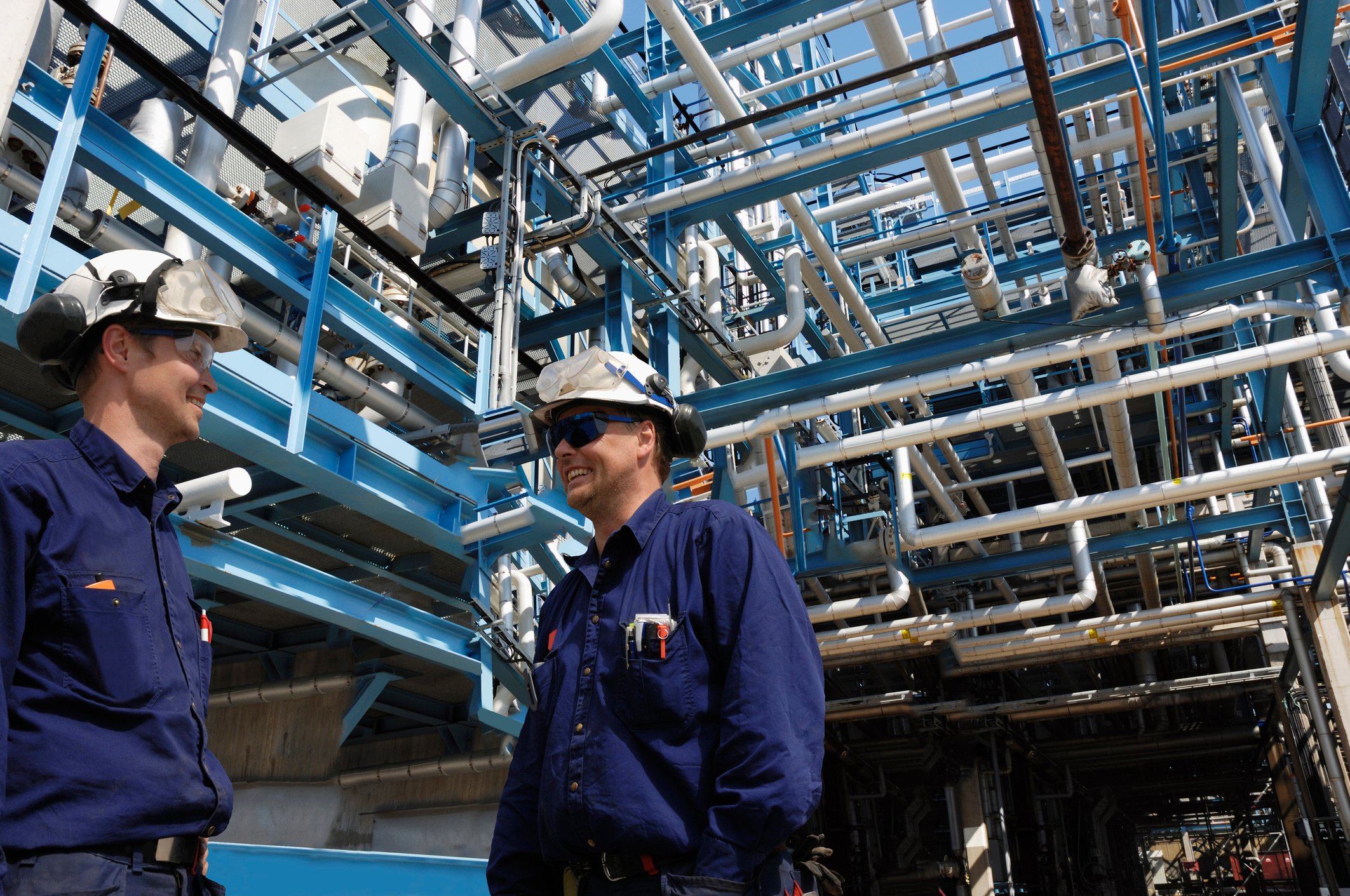DuPont (DD +0.00%) is about to increase prices of titanium dioxide, or TiO2, products across all major markets effective July 1. It's a big piece of news for the pigment industry for two reasons: DuPont is the world's largest TiO2 pigment producer, and the price increase comes after a 14-month hiatus.
On the same day that DuPont declared its intentions, Tronox (TROX +3.24%), another big TiO2 producer, chipped in with a similar announcement to increase prices effective June 1. These two were among the only major TiO2 companies that were left to jump on the price-hike bandwagon. Others, like Huntsman (HUN +3.17%) and Kronos Worldwide, already took the plunge some weeks back.
Is the ailing TiO2 market finally looking at a turnaround, or is it still too early to rejoice?
Are the signals deceptive?
The recent uptick in demand for TiO2 is probably what's behind the price hike. Though DuPont's last-quarter sales volume for TiO2 was flattish year over year, it was up 8% sequentially. Tronox and Huntsman reported bigger sequential jumps of 23% and 27%, respectively, in their TiO2 sales volumes during their most recent quarters.
While that's encouraging, sales volumes for the companies are nowhere near their 2011 levels, when demand for TiO2 was at its peak. The spike in TiO2 demand that year was more a result of customers' perceptions than needs. TiO2 producers were increasing prices nearly every month, so customers -- primarily paint companies -- rushed to stock up on the pigment in advance to avoid paying higher prices later. This time around, the ball is in the customers' court.
Where they are losing
Inventory levels in the TiO2 industry are still too high. According to a Bloomberg report, inventory levels were 50% above normal in March. For perspective, Tronox was sitting on 71 days of inventory (i.e. the number of days taken to convert inventory to sales) at the end of March, significantly higher from the normal level of 50-55 days. Tronox doesn't expect to reach the normal level before the end of the year.
With the pigment in ample supply, it is unlikely that paint companies will panic if pigment prices rise. The recent increase in TiO2 sales volumes can be attributed to normal seasonal buying by customers, so chances of good growth in volumes are dim. In fact, companies like Valspar and PPG Industries even substituted TiO2 with cheaper alternatives from China last year and reduced their TiO2 consumption by up to 6%.
Hard to digest
So doesn't it look like a risky proposition for DuPont and others to increase TiO2 prices when supply exceeds demand and volumes are yet to show promise? It looks more like a desperate attempt to offset costs and save margins, because rising feedstock costs have been as big a headache for TiO2 producers as lower sales for a long time. Unfortunately, the producers aren't out of the woods yet. Consulting company TZ Minerals International forecasts higher input costs to put "significant" margin pressure on TiO2 producers over the next few years.
This is probably the last thing TiO2 producers want to hear. In the short span between 2008 and 2012, the TiO2 industry had already seen two major troughs interspersed with one peak, which proves how volatile and unpredictable the business can be. Naturally, survival is tough, and companies in this industry have realized it. While Rockwood Holdings has already put its pigments business up for sale, Huntsman's management has openly said how the company will become "less dependent on (our) TiO2 earnings as a percentage of (our) overall business" over time. In a recent interview with Bloomberg, DuPont's CEO Ellen Kullman also sounded jittery about the volatility in the pigments business.
The Foolish bottom line
Even if things improve in the near future, investors have little reason to remain optimistic for the long term. At the beginning of the year, DuPont forecast "moderately" lower sales and 7%-9% lower operating margins for its performance chemicals (TiO2) business for the full year. I am not too sure how a price increase can help margins if cost continues to be a pressure.
It looks like a vicious circle to me, with TiO2 producers trying to pass on costs while customers look for alternatives to beat the heat. The TiO2 business is clearly losing its charm, and investors should beware.








